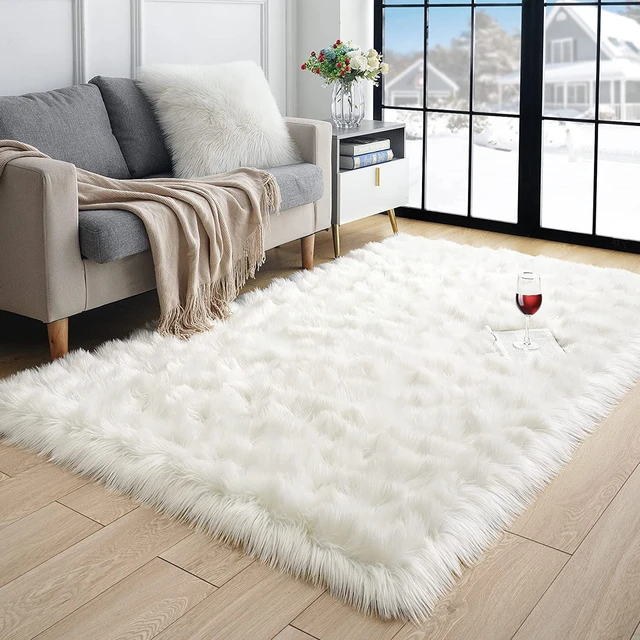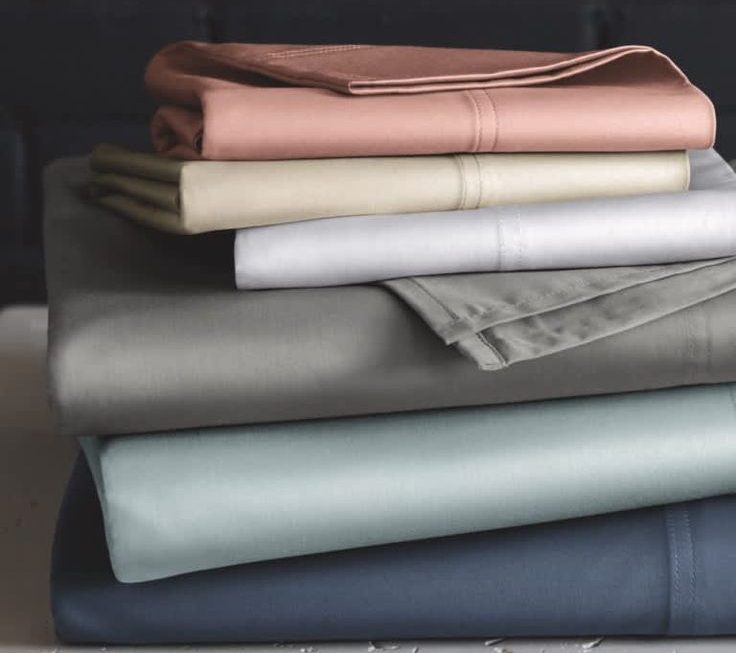 Introduction:
Introduction:
How to clean diarrhea from carpet?
Cleaning diarrhea from your carpet can be an unpleasant and challenging task. However, addressing the mess promptly and using the right techniques can help minimize the stains and eliminate odors effectively. In this comprehensive guide, we will provide a step-by-step walkthrough of how to clean diarrhea from carpet. By following these easy instructions, you can efficiently tackle the mess and restore the cleanliness of your carpet.
 Some common carpet materials:
Some common carpet materials:
Carpets can be made from various types of materials. Here are some common carpet materials:
Wool:
It is a popular carpet material known for its natural durability and warmth. Wool carpets are soft, resilient, and have excellent insulation properties. They are also naturally resistant to stains and fire.
Nylon:
Nylon is a synthetic fiber widely used in carpet manufacturing. It is known for its strength, durability, and resistance to wear and tear. Nylon carpets are available in various styles and colors and offer good resilience and stain resistance.
Polyester:
Polyester is another synthetic fiber used in carpets. It is known for its softness, vibrant colors, and resistance to stains. Polyester carpets are less expensive than some other materials but may lack the resilience and durability of wool or nylon.
Polypropylene (Olefin):
Polypropylene is a synthetic material known for its resistance to moisture, stains, and fading. It is often used in low-cost carpets or for outdoor or commercial applications. Polypropylene carpets are not as resilient as other materials and can be prone to crushing.
Acrylic:
Acrylic is a synthetic fiber that closely resembles wool in appearance. It is resistant to moths, mildew, and sunlight fading. Acrylic carpets are known for their softness, but they may not be as durable or resilient as other materials.
Silk:
Carpets are luxurious and renowned for their softness and lustrous appearance. Silk carpets require special care and are often used in low-traffic areas or for decorative purposes.
Blends:
Some carpets are made from a mix of different fibers to combine the best characteristics of each material. For example, a blend of wool and nylon may offer the durability of nylon with the softness of wool.
The choice of carpet material depends on factors such as budget, desired appearance, durability requirements, and personal preferences. It’s essential to consider the specific needs of the space before selecting the appropriate carpet material.
 Introduction to Cleaning Diarrhea from Carpet
Introduction to Cleaning Diarrhea from Carpet
How to clean diarrhea from carpet?
Cleaning up diarrhea from carpet requires immediate action to prevent staining and eliminate odors.
A. Importance of Prompt Cleanup: Quick attention helps minimize staining and prevents odors from permeating the carpet fibers.
B. Safety Considerations: Proper cleaning techniques ensure a hygienic living environment, preventing the spread of bacteria and germs.
Several potential hazards:
When diarrhea occurs on the carpet, it can pose several potential hazards:
Stain and Odor:
Diarrhea can leave visible stains on the carpet, which can be difficult to remove. The stool may contain pigments or substances that can discolor the carpet fibers. Additionally, the odor left behind by the diarrhea can be unpleasant and persistent if not properly cleaned.
Bacterial Contamination:
Diarrhea can contain harmful bacteria, viruses, or parasites. If the diarrhea seeps into the carpet fibers or underlying padding, it can create an environment for bacterial growth. This can increase the risk of spreading infectious diseases or causing respiratory issues for individuals in close contact with the contaminated carpet.
Allergens and Irritants:
Diarrhea, especially from certain gastrointestinal illnesses, can contain allergens or irritants that may trigger respiratory problems or allergic reactions. Airborne particles, as well as direct contact with the contaminated carpet, can cause respiratory distress or skin irritation in susceptible individuals.
Pest Attraction:
The presence of diarrhea on the carpet can attract pests such as flies, insects, or rodents. These pests may be drawn to the fecal matter and can pose additional health risks or lead to infestation if the contamination is not addressed promptly.
Damage to Carpet Fibers:
The acidic nature of diarrhea can damage carpet fibers if left untreated for extended periods. This can result in weakened or discolored areas in the carpet, requiring specialized cleaning or carpet replacement.
To mitigate the hazards of diarrhea on the carpet, it’s crucial to promptly and thoroughly clean the affected area. Use gloves and appropriate cleaning agents to remove the stool and disinfect the carpet. Focus on eliminating stains and odors effectively, ensuring proper ventilation during the cleaning process. Seek professional help if needed, particularly for persistent stains or extensive contamination that requires specialized carpet cleaning techniques. It’s also essential to take appropriate measures to prevent the spread of infectious diseases, such as thoroughly washing hands and disinfecting any materials or surfaces that came into contact with the diarrhea.
 Gathering the Cleaning Supplies
Gathering the Cleaning Supplies
How to clean diarrhea from carpet?
Before starting the cleanup process, gather the necessary cleaning supplies.
A. Protective Gear: Wear disposable gloves to protect your hands from bacteria and avoid cross-contamination.
B. Cleaning Materials: Collect paper towels, absorbent cloths, a plastic scraper or spatula, mild dish soap, white vinegar, hydrogen peroxide, baking soda, and a carpet cleaning solution.
Removing Solid Matter
Begin by removing any solid matter from the carpet to prevent further spreading and staining.
A. Scrape Gently: Use a plastic scraper or spatula to carefully scrape the solid matter from the carpet. Avoid pressing too hard to prevent grinding it into the fibers.
B. Disposal: Place the solid waste in a plastic bag for proper disposal.
Blotting the Area
Blotting helps absorb excess moisture and prevent it from seeping further into the carpet.
A. Absorbent Materials: Use paper towels or absorbent cloths to blot the affected area, absorbing as much liquid as possible.
B. Blot, Don’t Rub: Avoid rubbing the area, as it can push the diarrhea deeper into the carpet and cause it to spread.
Cleaning Solution
Apply a cleaning solution to break down the stain and eliminate odor.
A. Homemade Solution: Mix one teaspoon of mild dish soap with one cup of warm water to create a cleaning solution.
B. Spot Test: Before applying the solution, test it on an inconspicuous area of the carpet to ensure it doesn’t cause discoloration or damage.
Cleaning the Stain
Using the cleaning solution, treat the stained area to remove any remaining residue.
A. Apply the Solution: Dip a clean cloth or sponge into the cleaning solution. Blot the stained area gently, working from the outer edges toward the center. Continue blotting until the stain starts to lift.
B. Rinse with Water: Dampen a clean cloth with plain water and blot the area to rinse away the cleaning solution.
Odor Removal with Vinegar and Hydrogen Peroxide
Vinegar and hydrogen peroxide can help neutralize odors and disinfect the carpet.
A. Vinegar Solution: Mix equal parts of white vinegar and water in a spray bottle.
B. Hydrogen Peroxide Solution: Spray hydrogen peroxide directly onto the stained area, allowing it to sit for a few minutes.
C. Blot with Vinegar Solution: Spray the vinegar solution onto the affected area and blot it with a clean cloth to remove any remaining odor.
Treating Persistent Stains
Stubborn stains may require additional treatment with baking soda and a carpet cleaning solution.
A. Baking Soda Application: Sprinkle baking soda generously over the treated area to absorb moisture and neutralize remaining odors. Allow it to sit overnight.
B. Vacuuming: The next day, vacuum the carpet thoroughly to remove the baking soda residue.
Professional Carpet Cleaning (Optional)
If the odor or stain persists despite your efforts, consider seeking professional carpet cleaning services.
A. Professional Assistance: Consult a professional carpet cleaner to handle stubborn stains or persistent odors effectively.
B. Regular Maintenance: Maintain a regular carpet cleaning routine to prevent stains and odors from setting in.
 Conclusion
Conclusion
How to clean diarrhea from carpet?
Cleaning diarrhea from carpet may not be a pleasant task, but by taking immediate action and following the step-by-step instructions provided in this guide, you can successfully eliminate stains and odors. Remember to remove solid waste, blot the area, apply a gentle cleaning solution, treat with vinegar and hydrogen peroxide, use baking soda if necessary, and consider professional help if needed. By maintaining a clean and hygienic environment, you can ensure the restoration of your carpet’s cleanliness and freshness after a diarrhea accident.


